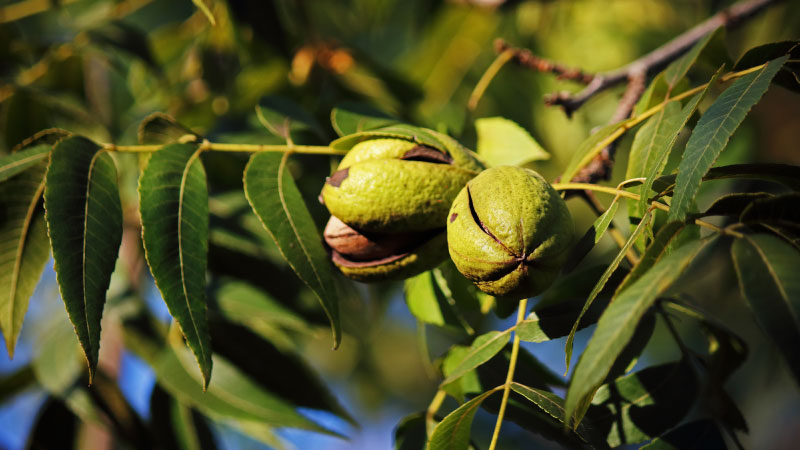Strawberry Growers Shocked By Loss Of Midas

Already faced with dwindling methyl bromide access, California strawberry growers — the most fumigant-dependent group of growers in the U.S. — were rocked with the recent announcement that sales of the fumigant Midas (iodomethane, chloropicrin) would be halted. In late March, the manufacturer, Arysta LifeScience Corp., announced the immediate suspension of product sales for all formulations of the fumigant based on its economic viability in the U.S. marketplace.
“Arysta LifeScience remains committed to growers through our many other products,” said Amy Yoder, Head of Arysta LifeScience North American Business Unit, in making the announcement. “We will continue to develop and bring to market innovative solutions for growers in the crop protection market.”
The California Strawberry Commission, which has been heavily involved in fumigation research, including methyl bromide alternatives, since 1992, was caught off guard by the announcement. “We were very surprised,” says director of research Dan Legard. “We had no idea they were going to withdraw the product.”
Bad Timing
The timing of the loss of Midas, sometimes known as methyl iodide, is problematic because growers are rapidly losing access to the most effective of all fumigants, methyl bromide. While its use is not nearly as widespread as it used to be, Legard estimated approximately one-fourth of the state’s 39,000 acres of strawberries was treated with methyl bromide. That figure includes both the Critical Use Exemption (CUE) the commission received under the phase-out mandated by the Montreal Protocol, and the stockpiles of methyl bromide that have been tapped for the last six years. “They’re almost all gone,” he says, “if not all gone.”
Considering that the CUE approved for 2013 is just 6,000 acres, the acreage treated with methyl bromide will likely be cut by roughly half next year. “It’s going down pretty fast,” says Legard, adding that it’s going to be difficult for many growers to adjust. “Other products are just not as effective, or have other baggage with them.”
Midas was not without its baggage because of all the safety restrictions mandated by regulators, so it wasn’t like losing a “drop-in” replacement for methyl bromide, as it was originally purported to be. In fact, it had a ½-mile “difficult to evacuate” site restriction. Combine that with the fact that schools aren’t being built in cities but on cheaper ag lands, and that strawberries are nearly all grown along the densely populated California coast, and only about half the state’s strawberry acreage was going to be eligible for methyl iodide application, says Legard. “But it is the loss of a tool for growers,” he says. “We are losing our tools and we need them because we have serious soil-borne disease problems.”
TIF Is Promising
The three chief problems are verticillium wilt, fusarium wilt, and macrophomina, which causes charcoal rot. Showing just how effective methyl bromide is, Legard says the latter two really only started showing up when growers started using methyl bromide alternatives. Chief among those alternatives now is Telone (1,3- dichloropropene, Dow AgroSciences) and chloropicrin. However, the use of these materials is also heavily restricted, including caps on the amounts used. Legard says he’s concerned about the potential of future restrictions, because the impact on growers would be dramatic. “My guess is that without methyl bromide, if they were to lose chloropicrin, more than half the industry would go out of business in two to three years,” he says.
Because of that, the commission is going full bore on research into totally impermeable film (TIF), because they are hoping that will allow for increased fumigant use. They need research data to show regulators that the severe restrictions can be eased, says Legard. “Once they’re comfortable with the data set, we hope they will modify the regulations,” he says.
That’s important because non-fume alternatives such as raised beds are not yet practical for commercial application, says Legard. “Most of the things we’re looking at are not ready for prime time,” he says. “They may look good on 50-foot beds, but on a couple of acres you face real-world challenges, much less on an 80- acre field.”
It’s not like the industry has been sitting on its hands, Legard emphasizes. They have been pursuing alternatives since way back in 1992. For the past seven years, they have been working feverishly to reduce the emissions of the currently used fumigants, and in 2008 they launched the “Farming Without Fumigants” program. “We’ve been pretty progressive, being at the forefront of these initiatives; it’s just that fumigants are such an important part of our production program,” he says. “We will continue to work on trying to find other answers; it looks like what we will have to use is a combination of these.”









